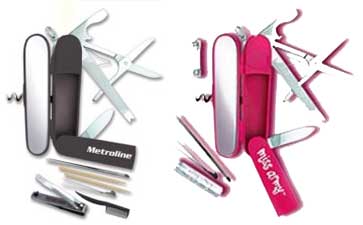7 Landing Page Terms in Plain English
Every industry has and loves its jargon. As marketing and advertising fully embraced the internet, many of new terms where invented, adapted or evolved. For the designers/developer that spent most of her time on the technical side of things, this could be double frustrating. I know it was for me when I was working through branding specialist and the like instead of directly with a business owner/operator. There were times when I thought, perhaps humorously, that the terminology they used was intentional opaque to create an air of mystery around precisely what they were trying to achieve. After I stopped and considered that non-technical probably had the same reaction to some of the jargon developers and designer threw around, I realized it was just another communication barrier that we needed to reach across and overcome.
The following are a few of the most common terms you will probably encounter when working with a branding or marketing specialist. Hopefully, they’ll help you bridge that communication gap.
Anxiety Elements: Things which, by their presence or absence create anxiety and reduce the likelihood that a visitor will engage with the page (fail respond to the call for action, remain on the page, consume the information provided, etc). Some examples could include the absence of reassurances of privacy and security or the presence of a countdown or limited time offer.
Call to Action (CTA): A clear, direct request or incentive for a user to undertake a specific action. It is generally considered the primary goal or reason for being for any single page. Some common examples include subscribing to a newsletter, submitting contact/lead information, downloading a file, or any other visitor completed action online or in the real world.
Conversion: The act of a visitor to a site or page completing the CTA. In eCommerce this could mean the entire act of completing a purchase, but it can also be broken down into smaller conversion goals such as up-selling a product or adding accessories to a purchase. In non-sales situations, it could be the completion of just about any call to action or page goal. When you compare Conversions to the overall number of Visitors, you get the Conversion Rate.
Friction: Any elements of the Landing Page experience that inhibit or prevent a Visitor from converting. Most people only classify those operational or tactical elements, such as too many distractions on the page, conflicting/confusing/multiple calls to action, too many steps/requirements in the process or broken processes/technology are all examples of Friction. While things like insufficient/dissuasive motivation would fall under Value Proposition.
Funnel: The funnel is a way of visualizing the numbers of visitors and they steps they take from the earliest step of engagement to the point of Conversion. Because it assumed you will always start with a larger number of visitors than you end up with conversion, the analogy of a narrowing funnel is useful and generally accurate. Broadening the top of the funnel could mean directing more raw traffic to your landing page, while shortening the funnel could mean removing an unncessary step.
ROI: Return on Investment. This term is not specific to landing pages, but to all marketing efforts, so it belongs in any discussion where money, time or resources are invested into an attempt to generate a conversion. Improvements on ROI usually involve reducing overheard of efforts or increasing their results.
Value Proposition: In short, this is the motivation to your visitor to convert such as “This is a good value”, “I need this product”, “It is worth exchanging my personal information for this service/product”. Making the Value Proposition compellingly clear to a visitor is the messaging, informational and psychological, is sometimes considered the counterpart of Friction.








